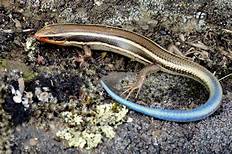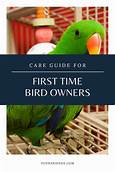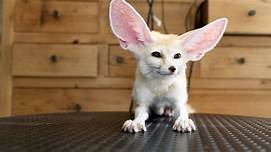Can You Keep a Skink as a Pet?
Skinks are a type of lizard that can be found in a variety of habitats around the world. They are generally small, slender lizards with long tails. Skinks are popular pets because they are relatively easy to care for and can be quite friendly.

Choosing a Skink as a Pet
There are many different species of skinks, so it is important to do your research before choosing one as a pet. Some of the most popular species of skinks include the blue-tongued skink, the five-lined skink, and the common skink.
When choosing a skink as a pet, it is important to consider the following factors:
1. Size: Skinks can range in size from a few inches to over two feet long. Choose a skink that is an appropriate size for your enclosure.
2. Temperament: Skinks are generally docile creatures, but some species can be more aggressive than others. Choose a skink that has a good temperament and is easy to handle.
3. Diet: Skinks are insectivores, so they will need to be fed a diet of live insects. Some skinks also enjoy eating fruits and vegetables.
4. Habitat: Skinks need a warm, humid environment with plenty of hiding places. The enclosure should also be large enough for the skink to move around comfortably.
Caring for a Skink
Skinks are relatively easy to care for, but there are a few things you need to do to keep them healthy and happy.
1. Feed your skink a diet of live insects. The type of insects you feed your skink will depend on the species. Some common insects that skinks eat include crickets, mealworms, and dubia roaches.
2. Provide your skink with a warm, humid environment. The ideal temperature for a skink is between 75 and 85 degrees Fahrenheit. The humidity should be around 50%. You can provide your skink with a humid environment by misting the enclosure regularly or by using a humidifier.
3. Give your skink plenty of hiding places. Skinks like to hide, so it is important to provide them with plenty of places to do so. You can use rocks, logs, and plants to create hiding places for your skink.
4. Handle your skink regularly. Skinks need to be handled regularly to get used to human contact. Start by handling your skink for a few minutes each day. As your skink gets more comfortable with being handled, you can increase the amount of time you spend handling it.
Potential Health Problems
Skinks are generally healthy creatures, but they can be susceptible to a number of health problems, including:
1. Respiratory infections: Respiratory infections are caused by bacteria or viruses. Symptoms of a respiratory infection include coughing, sneezing, and difficulty breathing.
2. Skin infections: Skin infections are caused by bacteria or fungi. Symptoms of a skin infection include red, swollen, or irritated skin.
3. Metabolic bone disease: Metabolic bone disease is caused by a lack of calcium and vitamin D. Symptoms of metabolic bone disease include weak bones, bone fractures, and muscle weakness.
If you think your skink may be sick, it is important to take it to a veterinarian immediately.
Declaration: All article resources on this website, unless otherwise specified or labeled, are collected from online resources. If the content on this website infringes on the legitimate rights and interests of the original author, you can contact this website to delete it.





